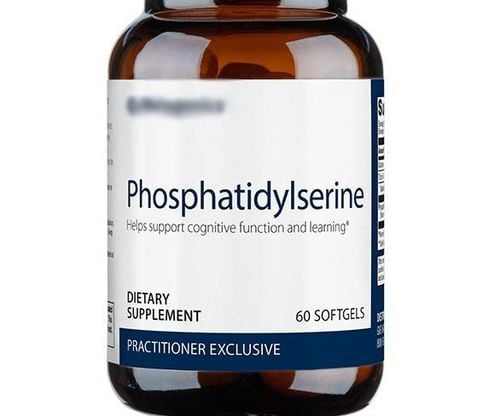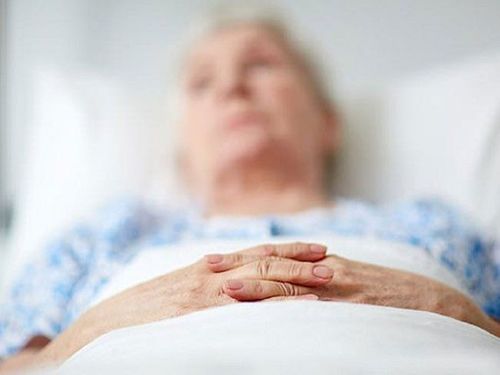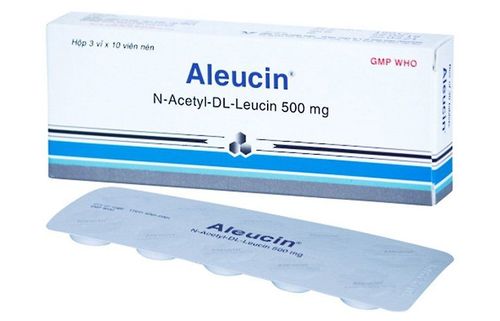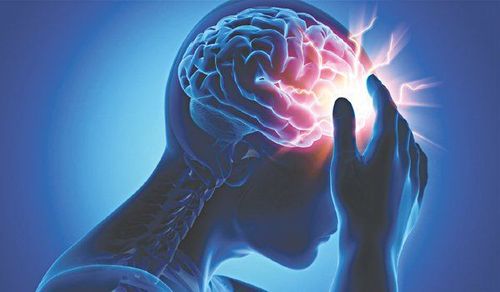This is an automatically translated article.
Active treatment for patients with acute cerebral stroke requires monitoring and specialized care in neurological units rather than in conventional specialties. Furthermore, a stroke emergency may require admission to the intensive care unit for patients with progressive neurological impairment or requiring endotracheal intubation, invasive hemodynamic monitoring, or antihypertensive therapy. intracranial force. Comprehensive acute stroke management therapies can help reduce brain damage and limit sequelae.
1. Airway control and respiratory support
1.1. Indications for endotracheal intubation
As with any critically ill patient, inadequate oxygenation or inadequate ventilation is an indication of the need for intubation after acute ischemic stroke.
Besides, patients with acute cerebral stroke must also be intubated because they no longer have reflexes to protect the airway. Also, if there is decreased level of consciousness (Glasgow coma scale less than 8 points) or cerebral edema pushing the midline or stroke at the hippocampus or brain stem, endotracheal intubation may also be required. . It is sometimes possible to prophylactically require intubation based on the location of the infarct, impaired chewing ability, and ability to manage secretions.
1.2. Airway management
Even stroke patients who are not restricted in airway protection may have subtle oropharyngeal dysfunction and are at risk of aspiration aspiration. For this reason, strict airway management should be observed in all acute stroke patients until a swallowing examination can be performed. At the same time, patients at risk of airway obstruction or aspiration should be positioned with the head of the bed elevated 15–30 degrees.
Initial signs such as fever, leukocytosis, and chest X-ray after aspiration may be due to chemical pneumonia rather than pneumonia with common infectious agents and can be treated conservatively. exist. In the case of patients with persistent fever, sputum production, and increased oxygen demand will be indicative of progression to aspiration pneumonia and require empiric antibiotic therapy.
1.3. Consideration between extubation and tracheostomy
When the patient's respiratory function improves, it is necessary to reduce the ventilator support and extubate the airways soon.
In contrast, in patients who have failed extubation or who are not expected to regain oropharyngeal function over a long period of time, a tracheostomy should be considered, to facilitate care. oropharyngeal squirrel.

Huyết áp có khuynh hướng tăng cao trong giai đoạn đột quỵ não cấp
1.4. Control blood pressure
Blood pressure tends to rise during acute ischemic stroke in order to maximize perfusion of ischemic tissues. Accordingly, hypotension during this period may worsen neurological outcomes. However, elevated blood pressure is also considered detrimental. Therefore, excessively high blood pressure should be avoided while allowing the body to self-regulate systolic blood pressure during the first 24 hours after the onset of an acute stroke. Current guidelines recommend keeping target systolic blood pressure < 220 mmHg. However, the goal should also be lower if there are comorbidities such as acute myocardial infarction, heart failure, or aortic dissection.
In the case of a patient with an indication for endovascular thrombolysis, one of the conditions is that the blood pressure should be below 185/110. This can be achieved by intravenous antihypertensive agents in the acute phase. After fibrinolytic therapy, the patient should be continued to maintain blood pressure below 180/105 to minimize the risk of hemorrhagic transformation.
MORE: Treatment of cerebrovascular accident
1.5. Treating brain edema
Invasive intracranial pressure monitoring plays a major role after traumatic brain injury and subarachnoid hemorrhagic stroke and in the brain parenchyma and ventricles. Accordingly, this is part of a multimodal monitoring strategy in the comprehensive management of acute cerebral stroke through cerebral blood flow index and tissue oxygenation.
Some of the conservative measures that can be used to stabilize intracranial pressure are keeping the patient's head of the bed at least 30 degrees high, mechanical ventilation with minimal PEEP, constipation prevention, water balance and Electrolyte to avoid hyponatremia, mannitol infusion.
1.6. Open skull decompression
Decompression craniotomy has been shown to be effective in improving both survival and outcome after middle cerebral artery infarction and malignant cerebral edema in patients under 60 years of age..
2. Prophylaxis of acute cerebral stroke with hemorrhagic transformation
The most reliable predictor of hemorrhagic transformation is infarct size, in particular, larger infarcts are associated with a higher risk of transformation.
At this time, it is necessary to quickly come up with a more intensive care plan for cases with large cerebral infarction by actively treating coagulopathy and stabilizing blood pressure.
3. Prevention of early stroke recurrence or advanced stroke
Antiplatelet therapy plays a key role in the prevention of early recurrent stroke or acute stroke. In particular, aspirin is the main treatment immediately after acute stroke, has been shown to reduce stroke recurrence and improve mortality. To this end, aspirin should be started as soon as possible in all patients with acute stroke without contraindications. Possible reasons for delaying initial aspirin use include fibrinolytic therapy or the potential need for surgery or hemorrhagic conversion.
In addition, there is ample evidence to support the long-term use of dual antiplatelet therapy in patients with minor strokes or transient ischemic attacks.
MORE: Methods to prevent cerebrovascular accident

Aspirin là phương pháp điều trị chính ngay sau đột quỵ cấp tính
4. Other supportive care in brain stroke emergency
4.1. Temperature control
Hyperthermia after ischemic stroke is associated with increased mortality. Therefore, in addition to identifying potential sources of infection with fever, it is necessary to regularly monitor and actively control the patient's temperature by using antipyretics and mechanical cooling if necessary.
4.2. Control blood sugar
Hyperglycemia has also been shown to correlate with poor outcomes after ischemic stroke, particularly in patients with no history of diabetes. The blood glucose goal is <180mg/dL.
In summary, acute ischemic stroke is a serious and often complicated disease with multiple factors that require intensive care management. In addition to acute stroke management therapies in critical care such as airway support and ventilation, thrombolytic therapy, some complications of acute stroke and secondary prevention are also challenges that need to be addressed. Best deal in a mental health facility. Since then, the treatment of acute cerebral stroke promises to achieve high efficiency in saving patients, reducing mortality and preserving quality of life.
Vinmec International General Hospital is a general hospital with the function of examining and treating pathological diseases, as well as providing emergency and lifesaving surgery for many difficult cases. At Vinmec, we have also performed emergency diagnosis and treatment of many brain stroke cases with modern medical methods with high efficiency, minimizing complications of recurrent disease. The great success is because Vinmec is always fully equipped with modern facilities, examination and treatment procedures are performed by a team of doctors with many years of experience in the profession. .
Please dial HOTLINE for more information or register for an appointment HERE. Download MyVinmec app to make appointments faster and to manage your bookings easily.
References: ncbi.nlm.nih.gov, neurologic.theclinics.com












